
NSA snooping programs revealed: Leaks about top secret NSA programs that track cell phone and Internet data have shaken up the tech world, Washington and international relations, and raised awareness of privacy issues. The story will continue to have an impact in America and abroad in 2014.
- Revelations about the scope of the NSA’s snooping lead to the year’s biggest tech stores
- Hacking of major companies and sites for politics, fun and profit a reoccurring story in 2013
- Snapchat, Vine, Bitcoin and iOS 7 all became familiar terms

A year of high profile hacks: A series of hacks launched by groups like the Syrian Electronic Army and possibly the Chinese military made headlines throughout the year. They targeted news organizations like the New York Times and Washington Post as well as major tech companies including Twitter, Facebook and Apple.
The biggest technology story of the 2013 is one of the biggest stories of the year, period. It has had serious implications in the United States and around the world, and half a year later its true impact is only beginning to be felt.
In June, The Guardian first published leaked documents from National Security Agency contractor Edward Snowden. The classified documents contained information about highly confidential government programs that collect massive amounts of data about Americans’ cell phone calls and Internet activities
The scope of the program has led to lawsuits and protests, a public debate about the right to privacy versus the government’s need to secretly collect information for security.
Another big story this year was cybersecurity, illustrated by a string of attacks by hackers against news organizations, major tech companies and retailers. The motivations behind the attacks varied — some like the recent Target breach — were financially motivated, while others were political statements or acts of espionage. They all highlighted the limits of online security and privacy.
It was a year when established tech companies struggled to reinvent themselves. Microsoft continued to push its new Windows 8 operating system and Windows 8 smartphones, even going as far as to buy the No. 1 maker of Windows phones, Nokia’s mobile division. In the end, it wasn’t enough and the company decided on one more big change: a new CEO.

Apple releases iOS7, two new iPhones: This year Apple's biggest move was to update its mobile operating system, iOS 7, which got new features and a fresh look. The company also released two new iPhones (the gold-colored, fingerprint-detecting 5S and the cheaper and more colorful 5C) and two speedier iPads.
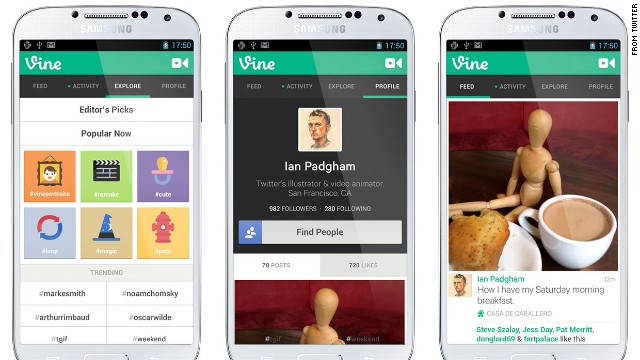
Micro videos go mainstream: First Twitter, no stranger to combining arbitrary constraints with creativity, released Vine, a new social app for sharing six-second videos. Instagram quickly followed by allowing videos up to 15-seconds long on its service. The medium has already taken off with breaking news, some odd and interesting creations, and a new kind of selfie.
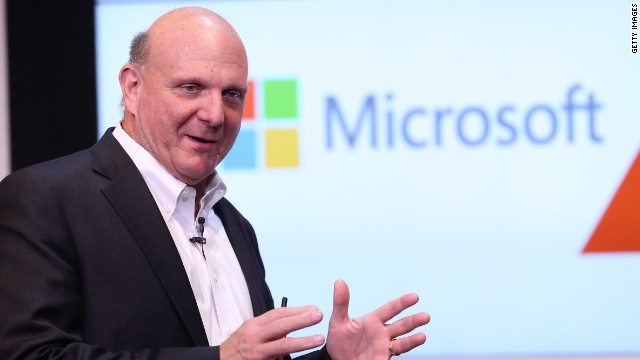
Microsoft buys Nokia, says bye-bye to Ballmer : Microsoft made some major moves this year as it attempted to break into the mobile market. In addition to updates for its still-young desktop, tablet and mobile operating systems, the company bought Nokia’s phone division and announced the departure of long time CEO Steve Ballmer.
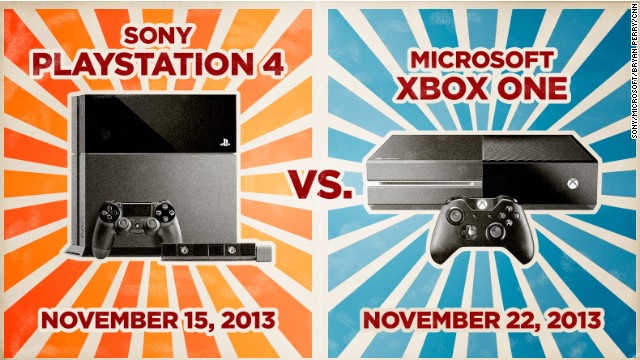
Game console wars: After a long quiet period, two of the three major game-machine makers finally released new versions of their popular game consoles. The PS4 and Xbox One are battling it out for holiday consumers’ dollars. When the dust settles in 2014, we’ll see if there’s one clear victor.
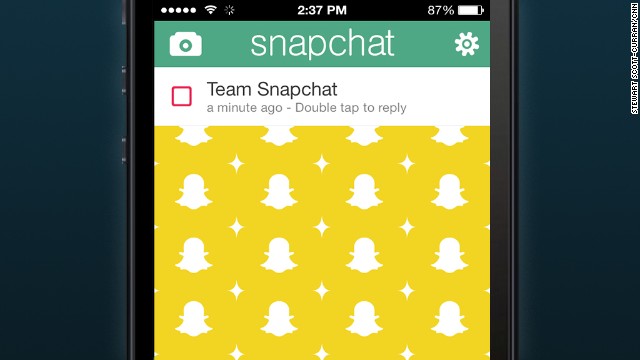
Snapchat leads rise of messaging apps: It was dismissed as a simple app for sexting teens, but Snapchat, like other upstart messaging apps, has a large user base. It is seen as a threat to traditional social media like Facebook, as well as old-fashioned SMS text messaging.

Wearable tech goes mainstream: They age of wearable technology is not here yet, but in 2013 a crop of protoypes took their first unsteady steps into that world. Google Glass use spread in the real world and various smart watches and fitness trackers were released. Wearables could find their groove in the coming year.
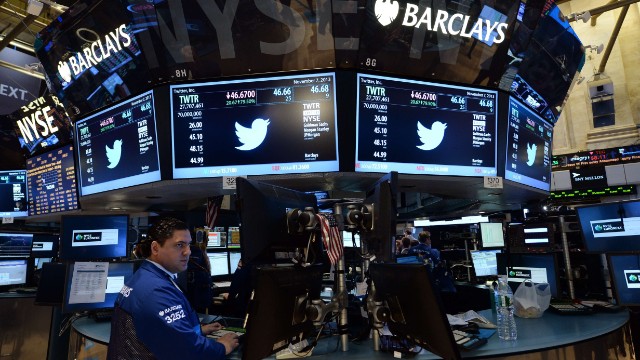
Twitter’s IPO: Twitter’s initial public offering was the most anticipated tech IPO since Facebook’s fumbled debut last year. It minted a new crop of tech millionaires and billionaires, and raised questions about the profitability of the social media company’s young ad business.
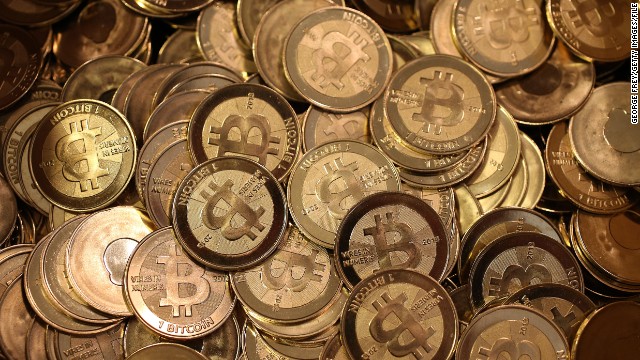
The rise of Bitcoin: Virtual currency Bitcoin has been around since 2009, but this year it picked up serious steam. It rocketed in price and popularity while fighting for mainstream acceptance and against regulation. But is it just a bubble?
A bright spot for Microsoft could be its new Xbox game console, the Xbox One, which is competing against Sony’s new Play Station 4.
Apple didn’t have to switch much up to stay popular. It announced an expected update to its iPhone and iPad lines with the usual fanfare, slimming down and speeding up the devices, throwing in some flashy features like a finger print scanner and new colors to keep the masses interested. A more dramatic overhaul was of the iOS 7 mobile operating system, which was flattened, simplified and updated.
Twitter went public and released a new social micro-video app called Vine, Snapchat broke out of the naughty messaging market and made “ephemeral” communications a hot feature, and virtual currency Bitcoin skyrocketed in price while people waited to see if it would drop back down to Earth.
Some of 2013’s big stories were just previews of what’s to come in 2014. Wearable technology moved from the hype stage to the prototype stage, but Google Glass and the myriad of bad smart watches just showed that the industry still has a lot more work to do (on design and social norms) before these gadgets are hot holiday items.
Tune in next year and see whether face-mounted computers become a socially acceptable accessory, 3-D printed guns become something to worry about and original content from sites like Amazon and Netflix can take on TV.

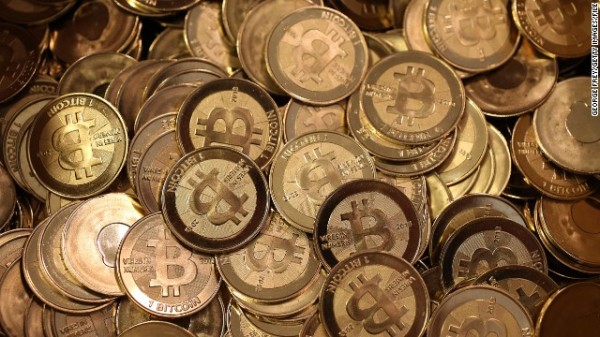

Leave a reply